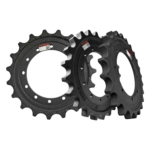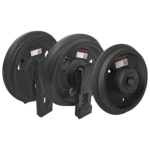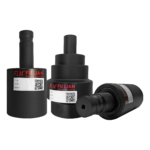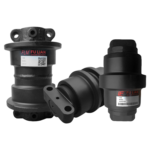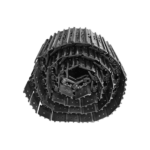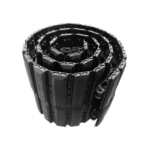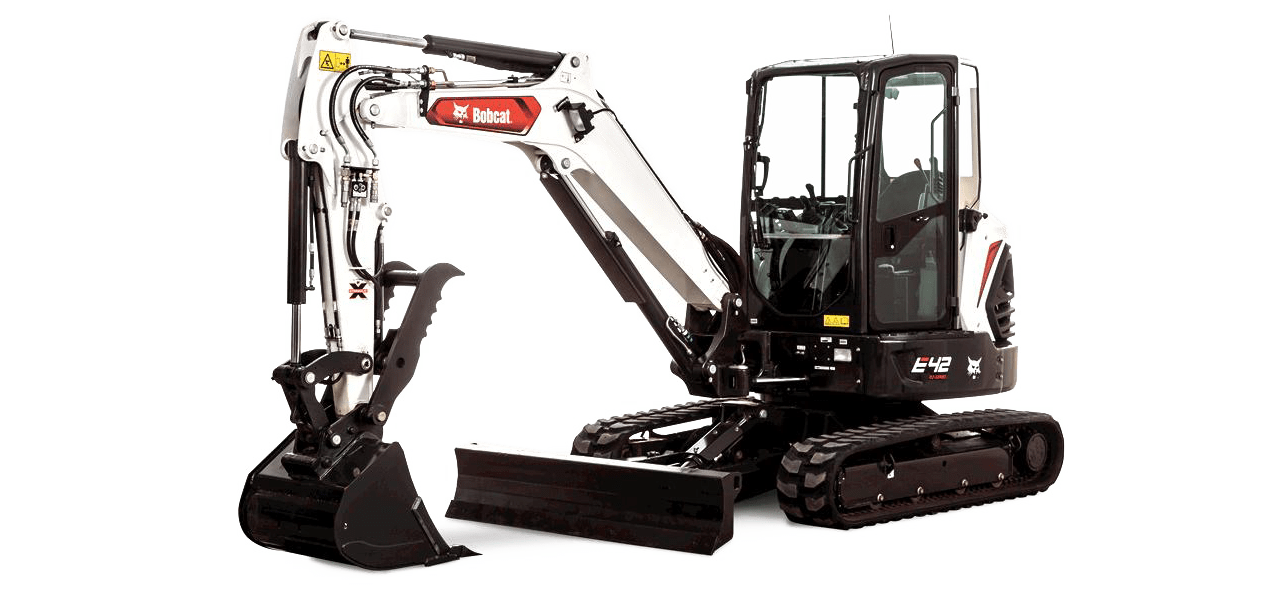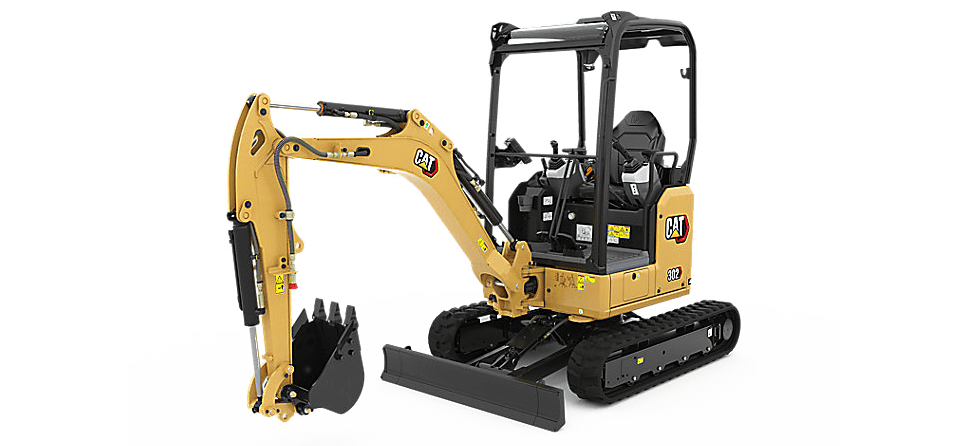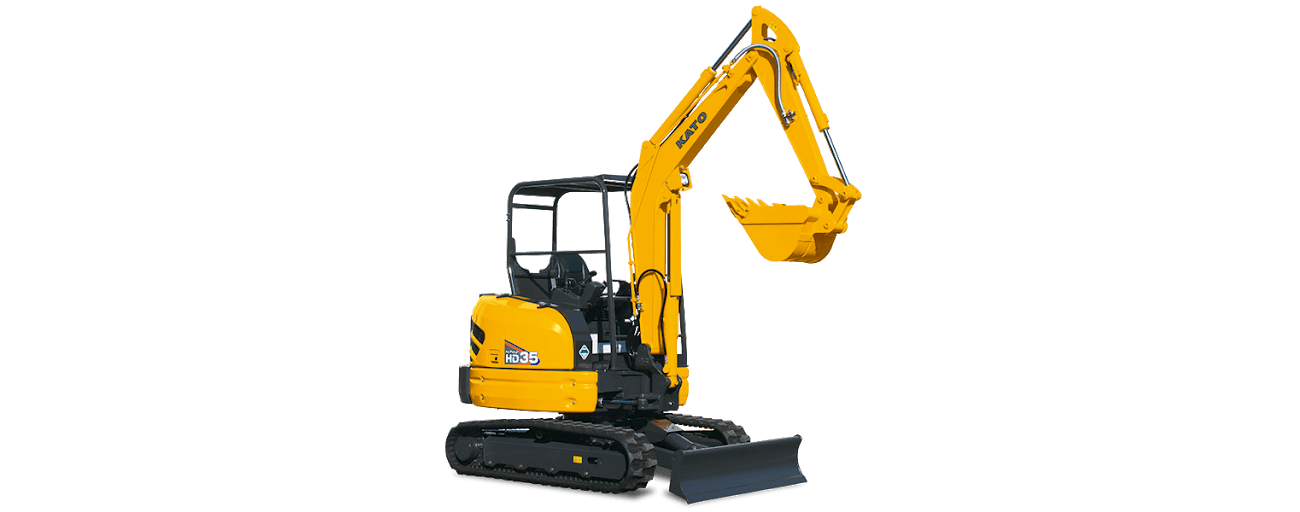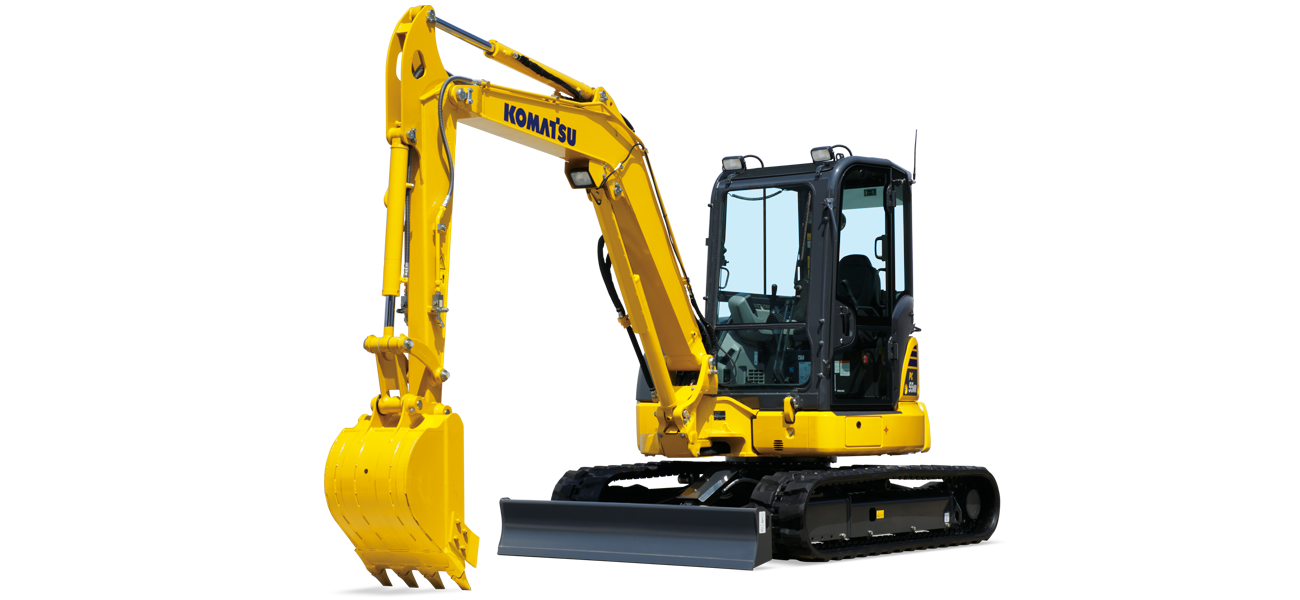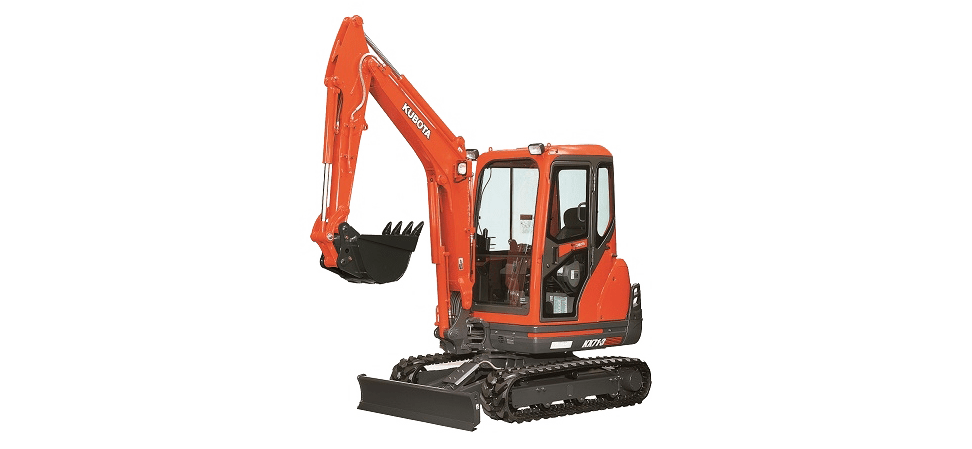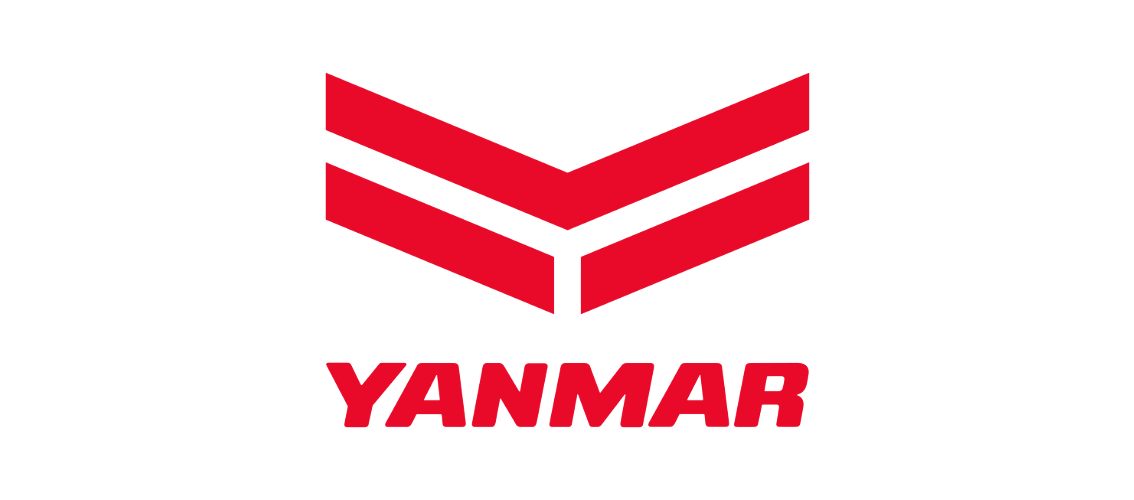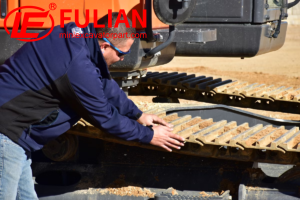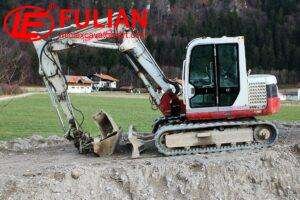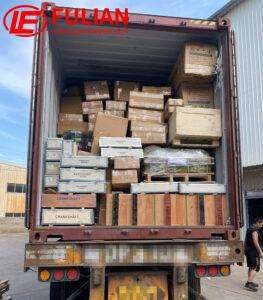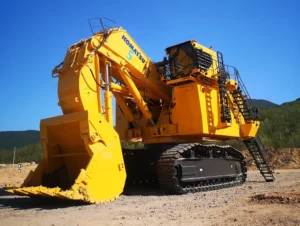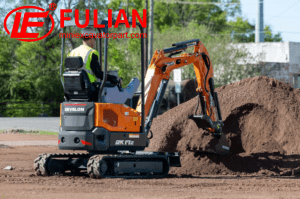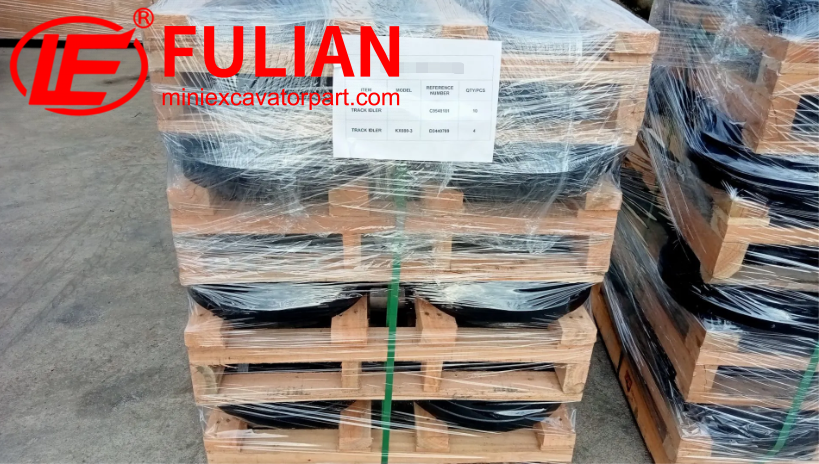When it comes to understanding when a rubber track on heavy machinery like an excavator has failed, there are a few straightforward indicators that can help even those not well-versed in the technicalities to make an informed assessment. Imagine the rubber track as the tire on your car; just as you watch for signs of wear on your tires, similar principles apply here, but with a few unique differences.
Firstly, visual inspection is key. If you see any cracks or cuts on the surface of the rubber track, it’s a clear sign that the track is in distress. Over time, rubber can deteriorate due to weather conditions or just regular wear and tear. Sun exposure, for instance, can make the rubber brittle, leading to cracks. These cracks, though they might appear small at first, can quickly grow under the pressure of daily use.

Another thing to look out for is the presence of any tears, especially along the edges of the track. These tears can compromise the structural integrity of the track, increasing the risk of it breaking during operation. Similarly, if you notice chunks of rubber missing from the track, it’s an indicator that the track is failing and could potentially break soon.
Stretching is another important factor to consider. Rubber tracks are designed to fit snugly on the wheels of the machinery. However, with constant use, they can stretch out. A track that’s too loose could not only affect the machine’s efficiency but also increase the risk of the track slipping off entirely.
Additionally, be observant of abnormal signs when the machinery is in operation, such as excessive vibration or instability. These could be symptoms of an issue with the track alignment or tension, suggesting that the track might be failing.
Lastly, inspect the inner workings of the track. If the internal steel cords – which provide the track’s strength and structure – are visible or damaged, it’s a sure sign that the track’s integrity is compromised and it’s time for a replacement.
In conclusion, regular, thorough inspections and being attuned to changes in the performance and appearance of your machinery’s rubber tracks can prevent unexpected downtime and potential damage to your machinery. Keep an eye out for visible wear and tear, structural damages, and any operational anomalies, and you’ll have a good grasp on the condition of your rubber tracks.
Fulian Operation Team
2024.7.24

